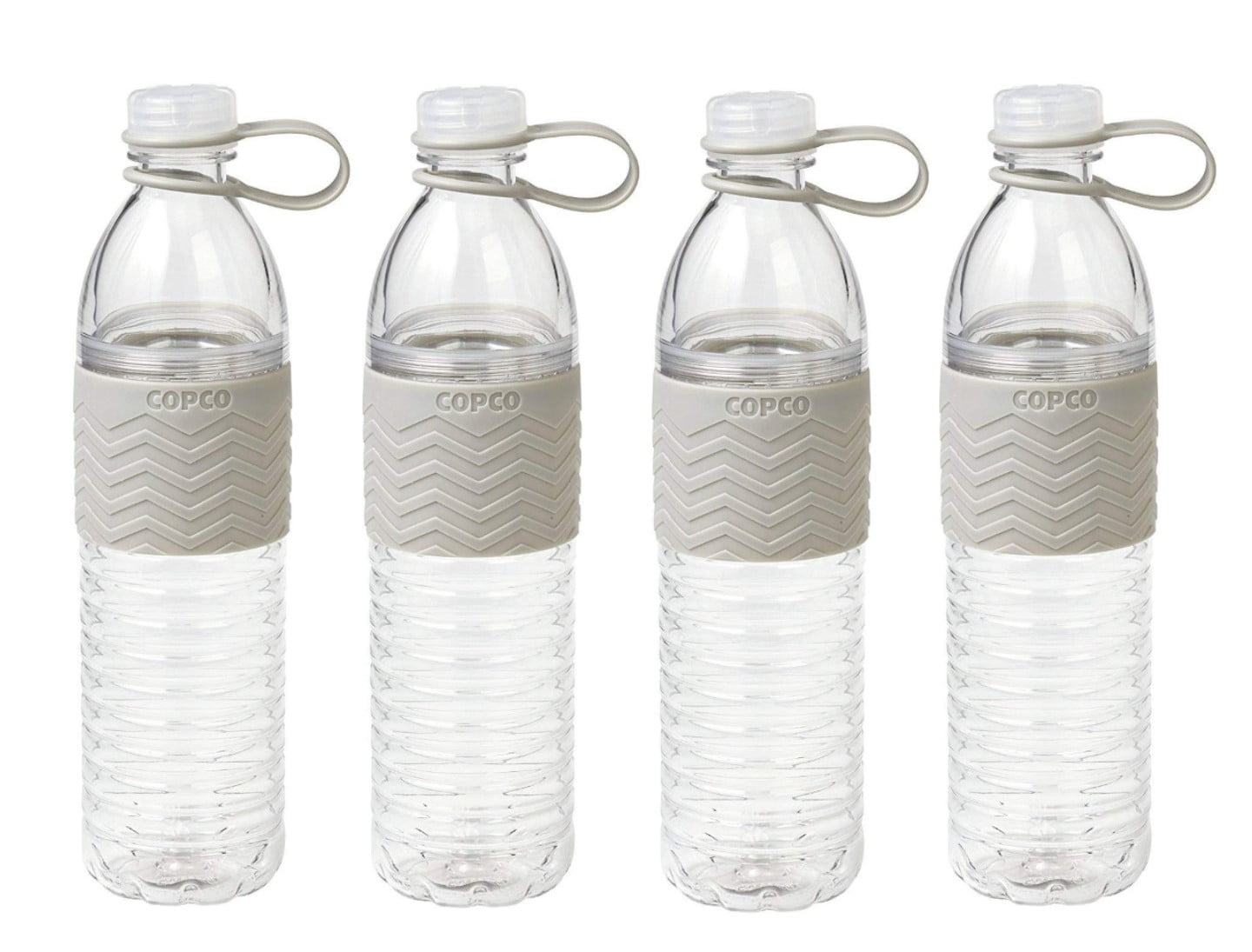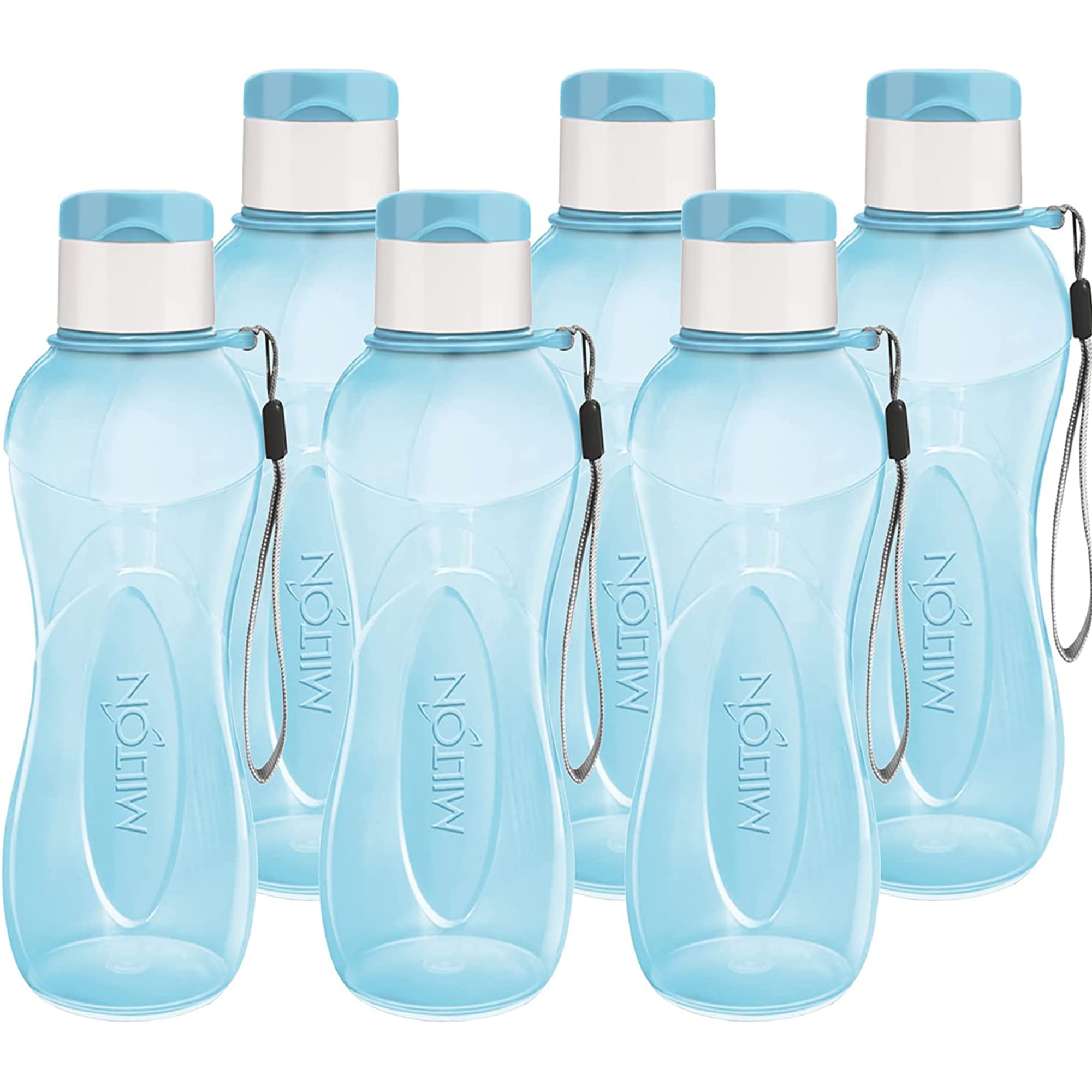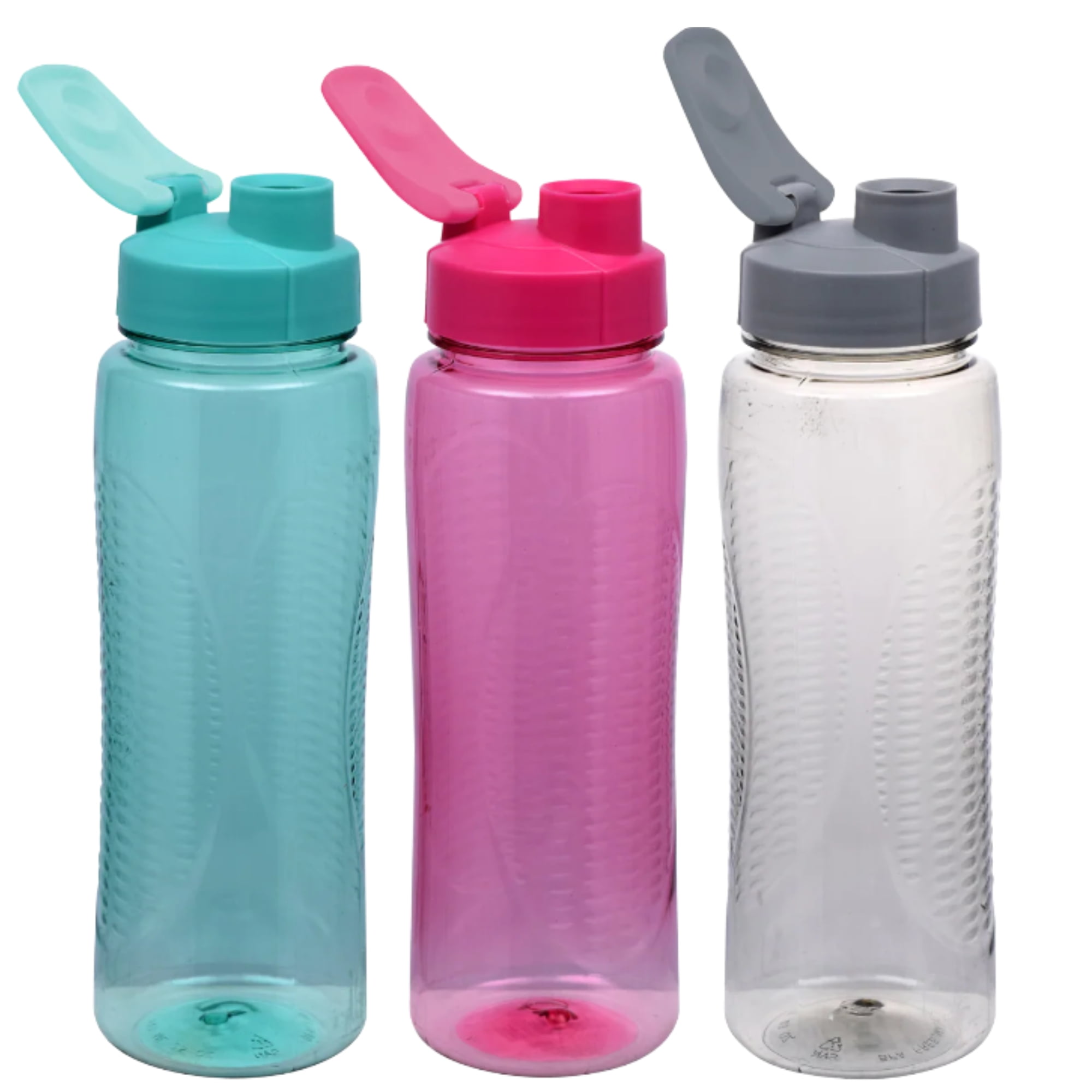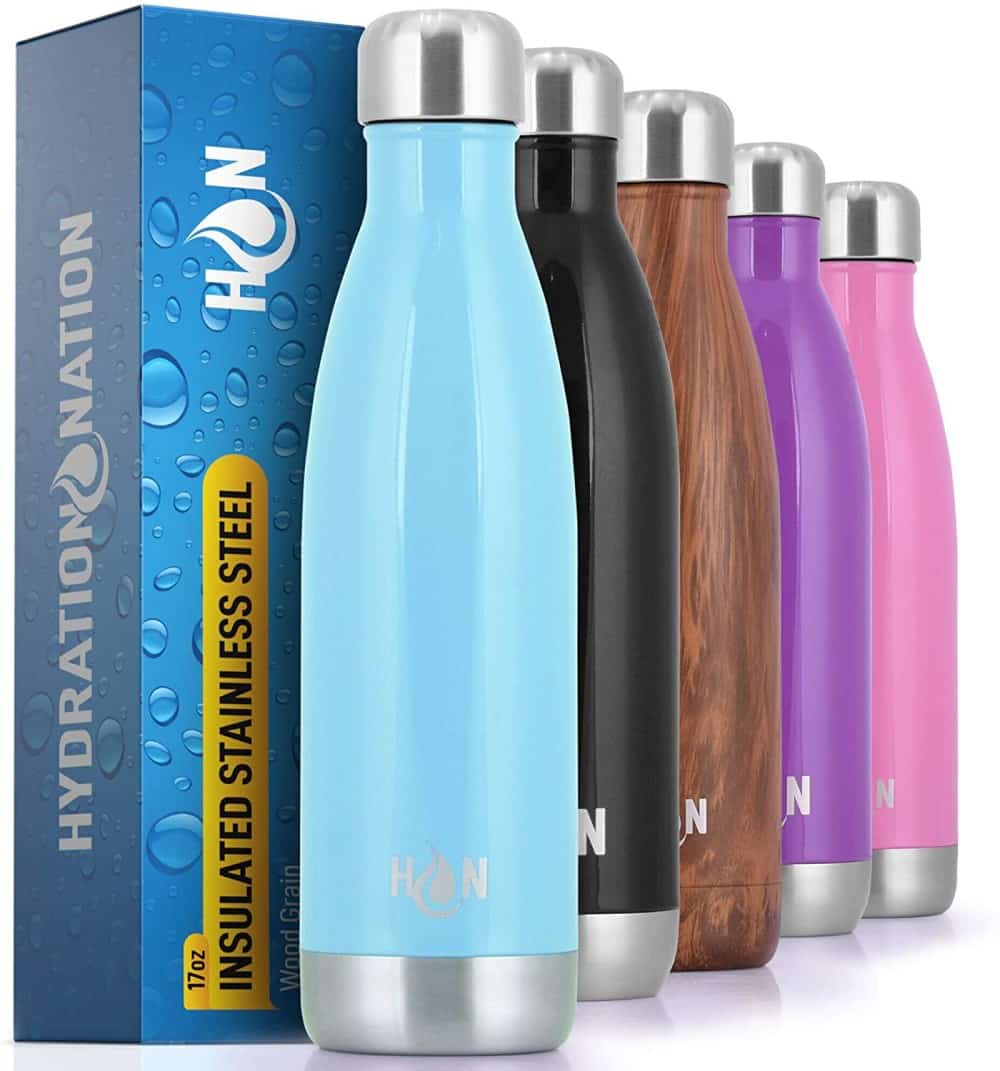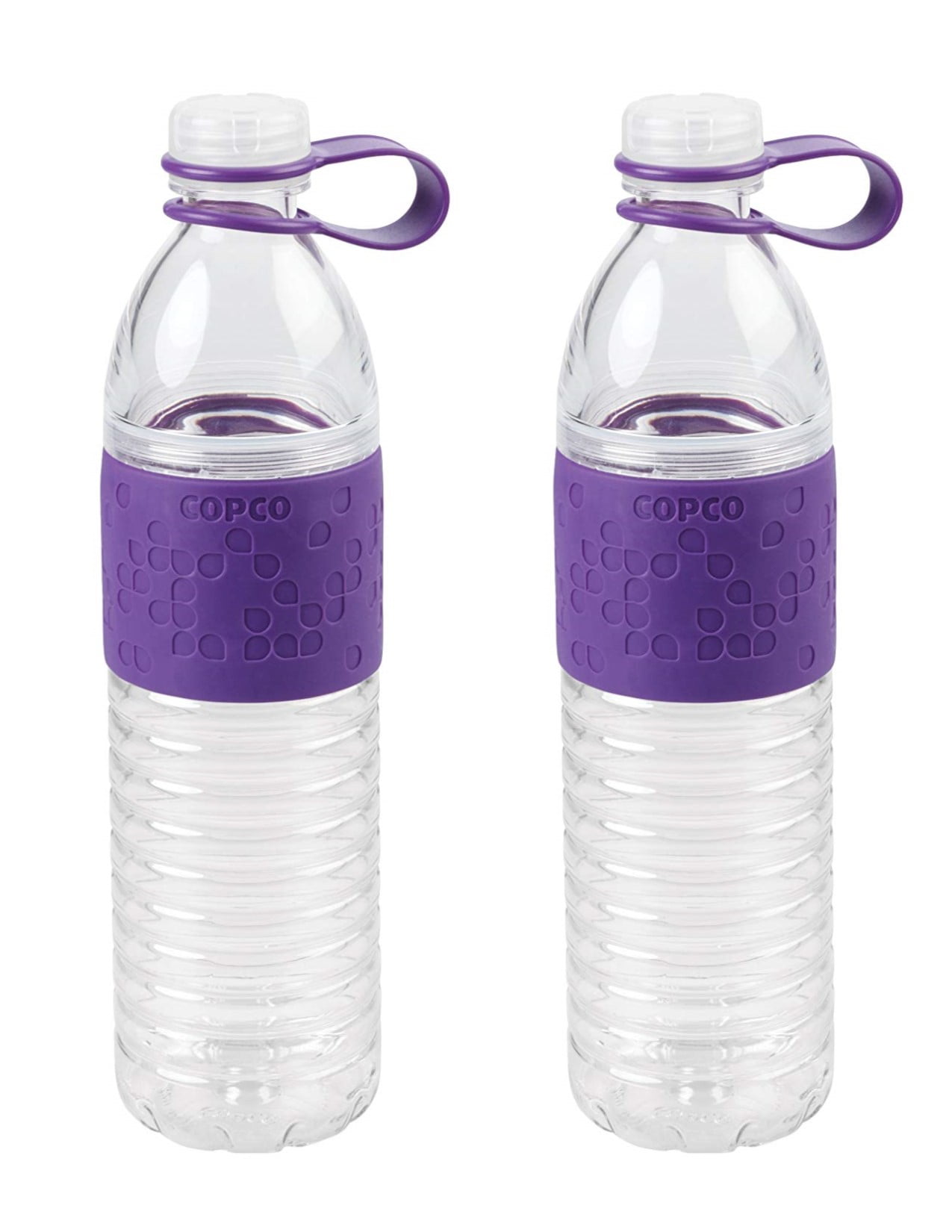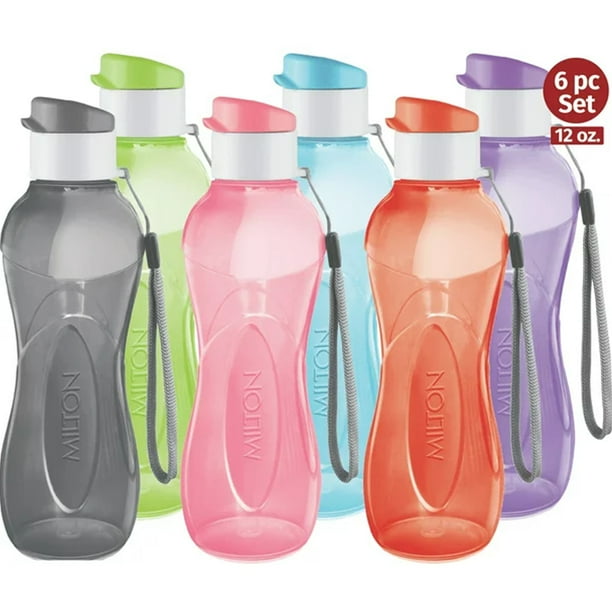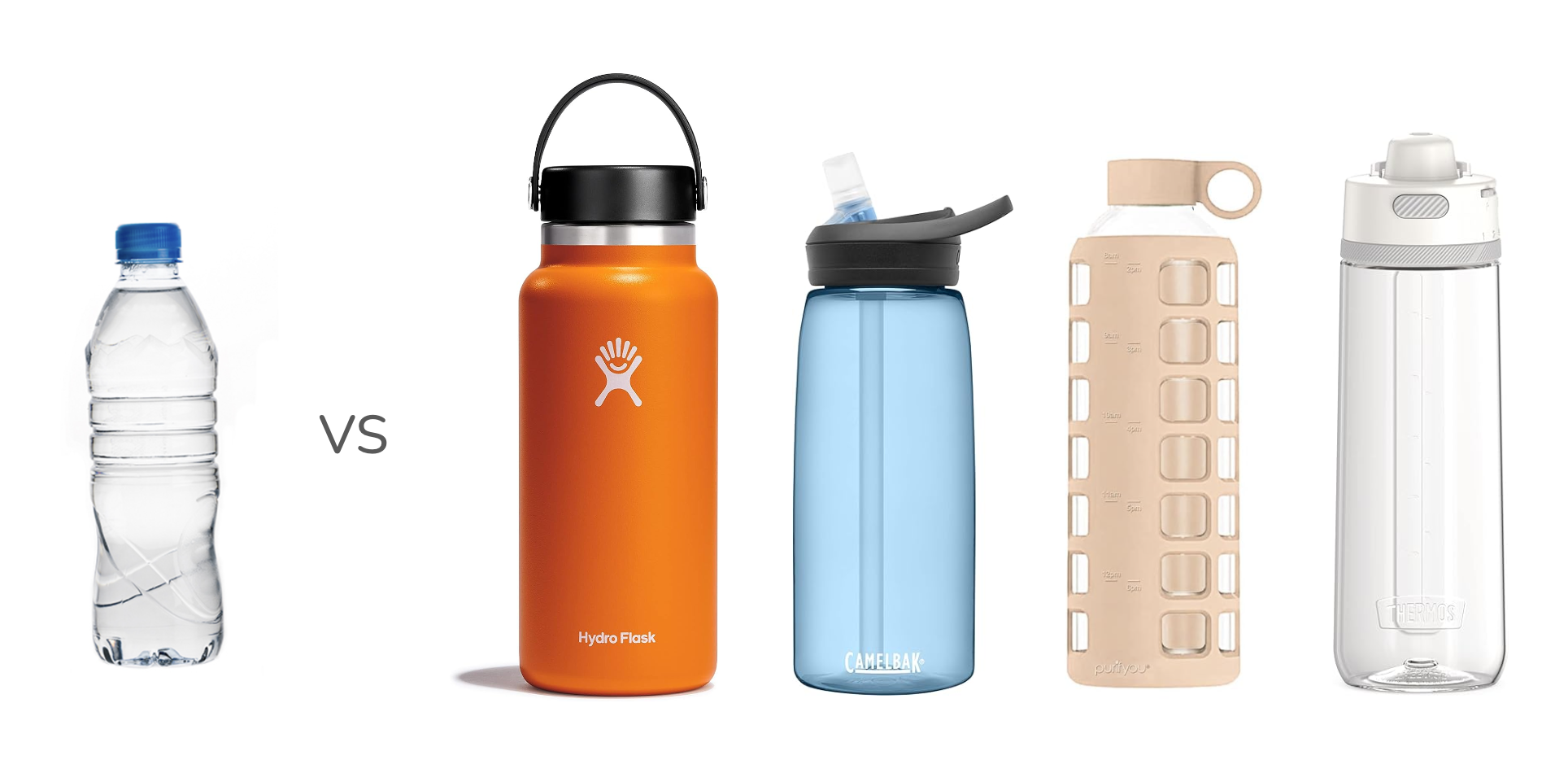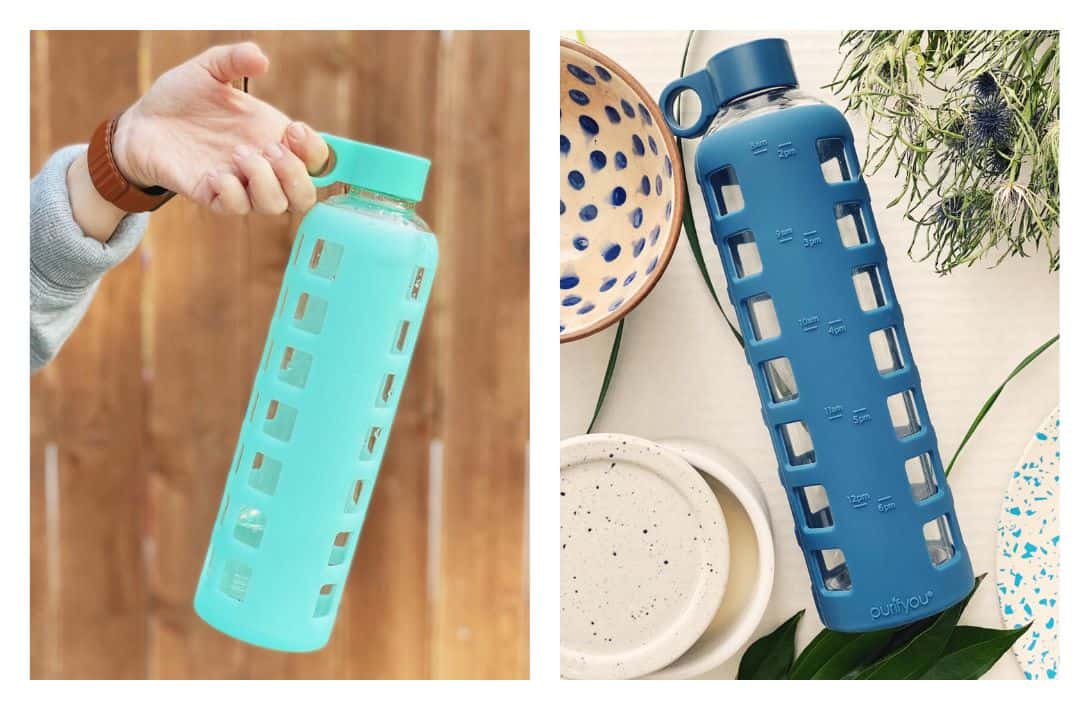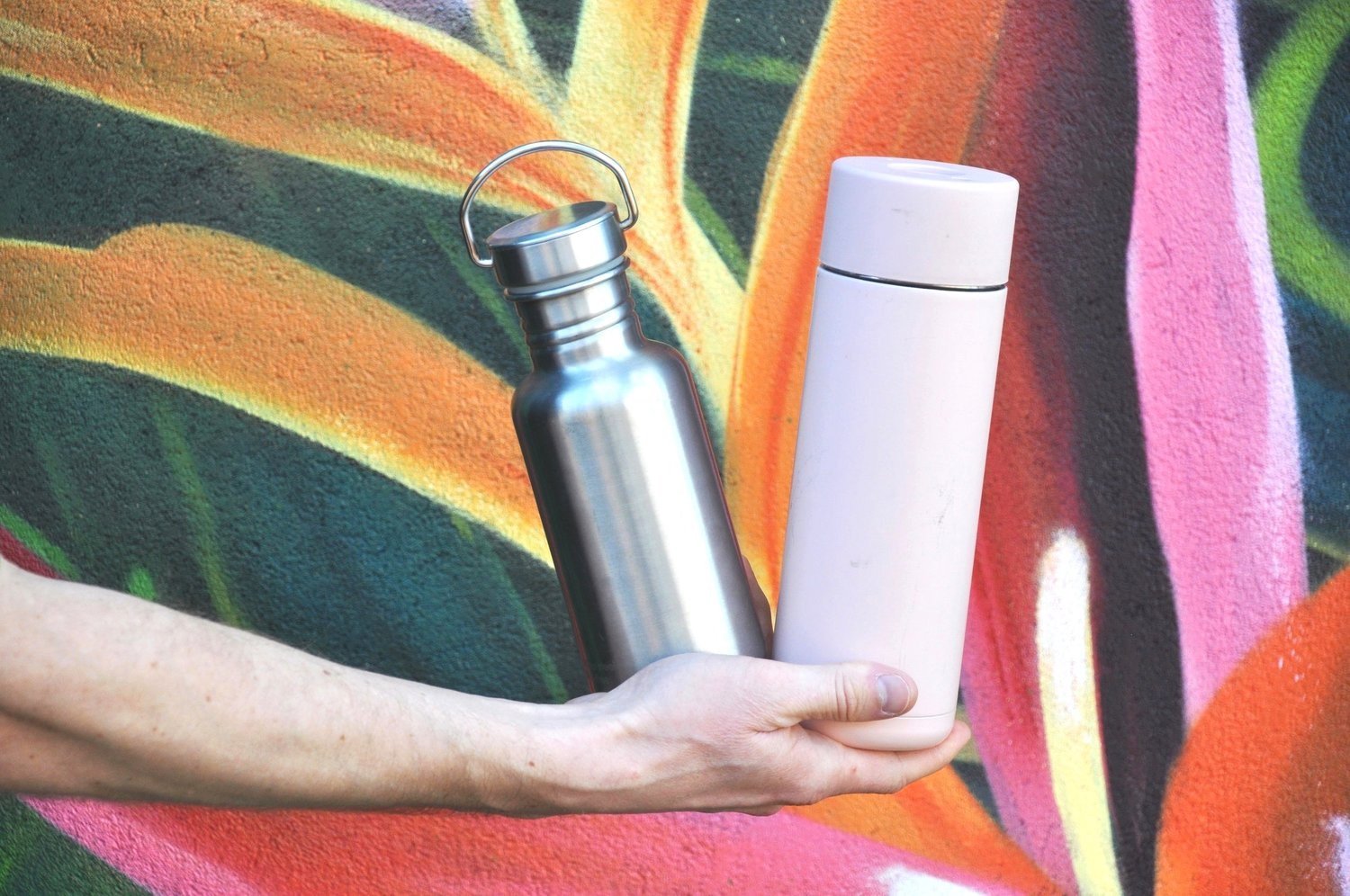Reusable Water Bottle That Looks Like Disposable

The sun beat down on the bustling farmer's market, a kaleidoscope of colors and aromas swirling in the air. Amidst the stalls overflowing with organic produce and artisanal crafts, a peculiar sight caught the eye: a seemingly endless sea of clear, plastic water bottles. But a closer look revealed something unexpected – these weren't the disposable culprits of our plastic waste woes. They were something...else.
This "something else" is the faux-disposable reusable water bottle, a design innovation aimed at subtly shifting our cultural reliance on single-use plastics. It mimics the look and feel of its disposable counterpart, yet boasts the durability and eco-friendliness of a reusable container.
The Rise of the Reusable Disguise
The core idea behind these bottles is brilliantly simple: leverage familiarity to encourage sustainable habits. It aims to bridge the gap between convenience and environmental consciousness.
Instead of forcing people to embrace entirely new aesthetics or carry bulky, obviously reusable bottles, these mimic the disposable ones we already use.
The hope is that the subtle nudge towards reusability, disguised in a familiar form, will prove more effective than overt eco-preaching.
A Response to a Growing Crisis
The motivation behind this innovation is rooted in a pressing environmental reality. The world is drowning in plastic waste.
According to UN Environment Programme, about 7 billion of the 9.2 billion tonnes of plastics produced from 1950-2017 are now waste, with most ending up in landfills or the environment.
Plastic bottles, in particular, are a significant contributor to this problem, clogging landfills, polluting oceans, and breaking down into harmful microplastics that contaminate our ecosystems.
While recycling efforts exist, they are not a complete solution. The EPA estimates that only about 9% of plastic is actually recycled in the U.S.
Many plastics are downcycled into lower-quality products, and a significant portion ends up being shipped overseas, where it may be improperly processed or discarded.
This paints a grim picture and highlights the urgent need for solutions that go beyond simply recycling our way out of the plastic crisis.
The Design and Functionality
The design of these faux-disposable bottles is meticulously thought out. Manufacturers often use materials like BPA-free Tritan plastic or other durable, food-grade polymers.
These materials ensure that the bottles are safe for repeated use and can withstand the rigors of daily life. Many bottles are designed to be dishwasher safe, which makes cleaning easy and convenient.
And although they mimic the look of a disposable bottle, they are far more robust and durable.
Some models even incorporate features like leak-proof lids, wide mouths for easy filling and cleaning, and ergonomic designs for comfortable handling. The goal is to make the reusable bottle as user-friendly as possible.
This ensures that people are more likely to adopt them as a permanent replacement for their disposable counterparts.
Beyond Aesthetics: Addressing Concerns
While the concept is intriguing, some have raised concerns about the potential for these bottles to be mistaken for disposable ones and inadvertently discarded.
Manufacturers are addressing this by incorporating subtle design cues that differentiate the reusable bottle from its disposable counterpart. This includes features like textured surfaces, subtly different shapes, or prominent branding that identifies the bottle as reusable.
They are also promoting awareness through educational campaigns, highlighting the importance of recognizing and reusing these bottles.
Another concern is that the production of reusable bottles, even if made from recycled materials, still has an environmental footprint. Manufacturing processes consume energy and resources.
The key is longevity. The more a reusable bottle is used, the lower its overall environmental impact becomes compared to continuously using disposable bottles.
Studies show that reusable bottles need to be used a certain number of times to offset the environmental impact of their production. It ranges from a few dozen times to several hundreds, depending on the material and manufacturing process.
The Broader Impact and Future Trends
The rise of the faux-disposable reusable bottle reflects a growing awareness of environmental issues and a shift towards more sustainable lifestyles. It's part of a larger movement towards reducing single-use plastics and embracing reusable alternatives.
Companies are developing innovative packaging solutions, restaurants are phasing out plastic straws, and consumers are increasingly opting for reusable bags, coffee cups, and food containers.
This trend is likely to continue as environmental concerns become more prominent and consumers become more conscious of their impact on the planet.
Looking ahead, we can expect to see further innovation in the design and functionality of reusable bottles. Materials science will play a crucial role in developing more sustainable and durable materials.
We might see bottles made from bio-based plastics or other novel materials that minimize environmental impact.
Design will also continue to evolve, with a focus on creating bottles that are not only functional but also aesthetically pleasing and seamlessly integrated into our daily lives.
"The goal is to make sustainable choices the easy choices," says Sarah Thompson, a sustainability consultant specializing in consumer behavior. "By leveraging familiarity and convenience, we can encourage more people to adopt reusable alternatives without feeling like they're sacrificing their lifestyle."
A Ripple Effect of Change
The seemingly simple act of switching to a reusable water bottle, even one disguised as a disposable, can have a profound ripple effect. It reduces plastic waste, conserves resources, and sends a powerful message to businesses and policymakers about the demand for sustainable solutions.
It also encourages others to adopt similar habits, creating a culture of environmental consciousness. Change often starts with small, individual actions.
Adopting a "disposable" water bottle that isn't might be one of the easiest and most impactful changes a person can make to help the environment.
Ultimately, the faux-disposable reusable water bottle represents a creative and practical approach to tackling the plastic waste crisis. It’s a reminder that sustainable solutions don't always require radical changes or sacrifices.
Sometimes, the most effective approach is to meet people where they are, offering them a familiar and convenient option that makes it easy to do the right thing.
As we continue to explore innovative ways to reduce our environmental impact, the humble reusable water bottle, in all its forms, will undoubtedly play a crucial role in shaping a more sustainable future.
